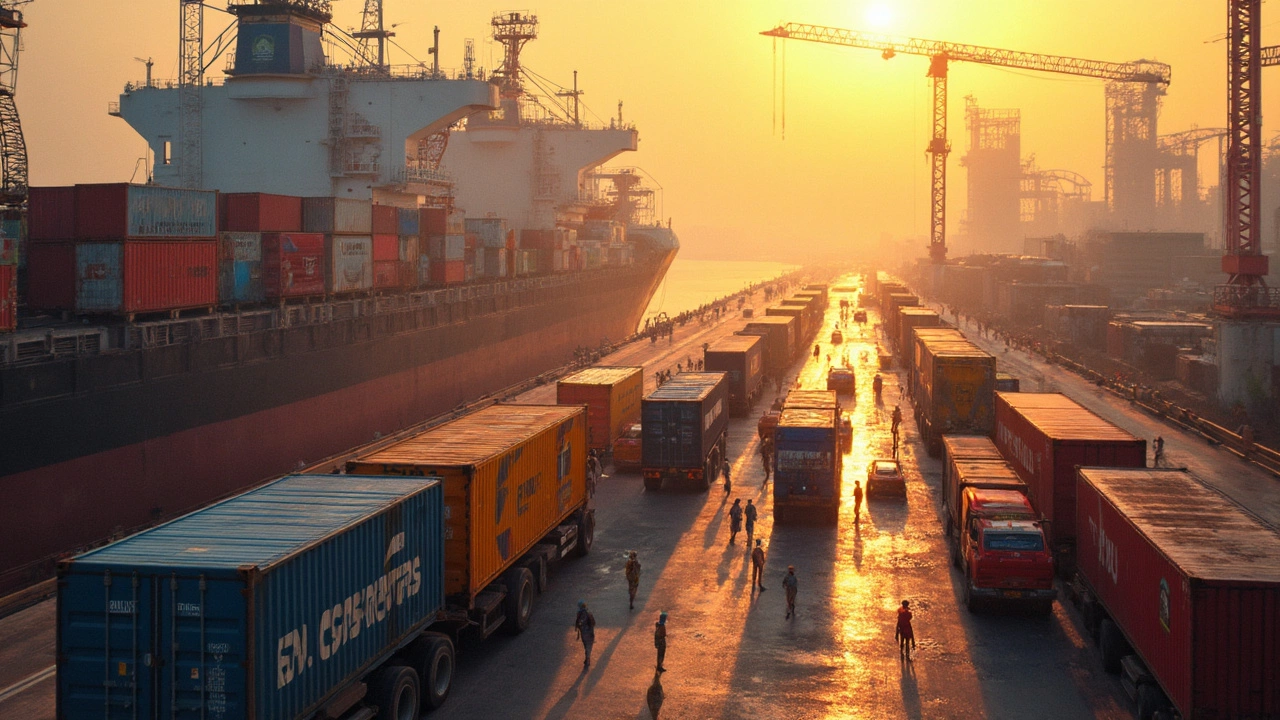Chemical Imports India: What You Need to Know Right Now
If you’re looking to bring chemicals into India, the landscape is bigger than you might think. The country imports millions of tonnes each year, covering everything from basic solvents to high‑tech polymers. Knowing where the material comes from, which rules apply, and how to cut costs can turn a daunting process into a clear roadmap.
Top Countries Supplying Chemicals to India
Most of India’s chemical haul comes from a handful of nations. China leads the pack, offering cheap bulk chemicals like methanol, ethylene, and polymer resins. The United Arab Emirates follows closely, especially for petro‑based products such as methyl ethyl ketone and specialty aromatics. The United States and Germany provide high‑value specialty chemicals, including pharmaceutical intermediates and advanced coatings.
Why does this matter? Each supplier brings a different price tag, lead time, and quality standard. Chinese shipments usually arrive fast and cost less, but they can face stricter quality checks at Indian ports. UAE cargoes often have better logistics support for bulk containers, while US and German imports may require more paperwork but deliver consistent specs for niche applications.
How Import Regulations Affect Your Business
India’s customs rules are clear: every chemical needs a proper HS code, a Material Safety Data Sheet (MSDS), and, for certain substances, an import license from the Ministry of Chemicals and Fertilizers. Missing any of these can trigger delays or hefty fines.
Here’s a quick checklist to stay on the safe side:
- Identify the correct HS code – it determines duty rates and whether a licence is needed.
- Secure the latest MSDS – Indian customs staff will ask for it to confirm safety compliance.
- Apply for an import licence if the chemical is listed as controlled (e.g., certain dyes, pesticides, or pharma precursors).
- Check the Central Board of Indirect Taxes and Customs (CBIC) portal for any recent tariff changes.
- Plan for container inspections – some ports conduct random checks, especially for hazardous goods.
Many businesses overlook the importance of a trusted customs broker. A good broker can flag missing documents before the shipment leaves the origin port, saving you weeks of waiting.
Beyond paperwork, be aware of the GST impact. Most imported chemicals attract an 18% GST, layered on top of basic customs duty. Some categories qualify for lower rates under the Export Promotion Capital Goods (EPCG) scheme, but you’ll need to prove that the chemicals will be used in export‑oriented production.
Finally, keep an eye on the Indian government’s “Make in India” push. New incentives are rolling out for companies that source domestically or set up local blending units. If you can partner with an Indian manufacturer for downstream processing, you might reduce import volumes and tap into tax breaks.
Bottom line: successful chemical import in India blends solid market research with strict compliance. Map out your supplier base, lock down the right licences, and use a knowledgeable broker. With those steps, you’ll lower costs, avoid surprises at the port, and keep your production line running smoothly.

Chemical Manufacturers India: Which Chemical Is Mostly Imported?
India's chemical industry is huge, but not every chemical is made locally. The country heavily relies on imports for certain raw materials and specialty chemicals. Want to know which chemical tops the import charts in India? This article breaks down the reasons, highlights major import sources, and explains what it means for manufacturers and consumers. Whether you're in the business or just curious, you'll find practical details and useful tips here.
Read More